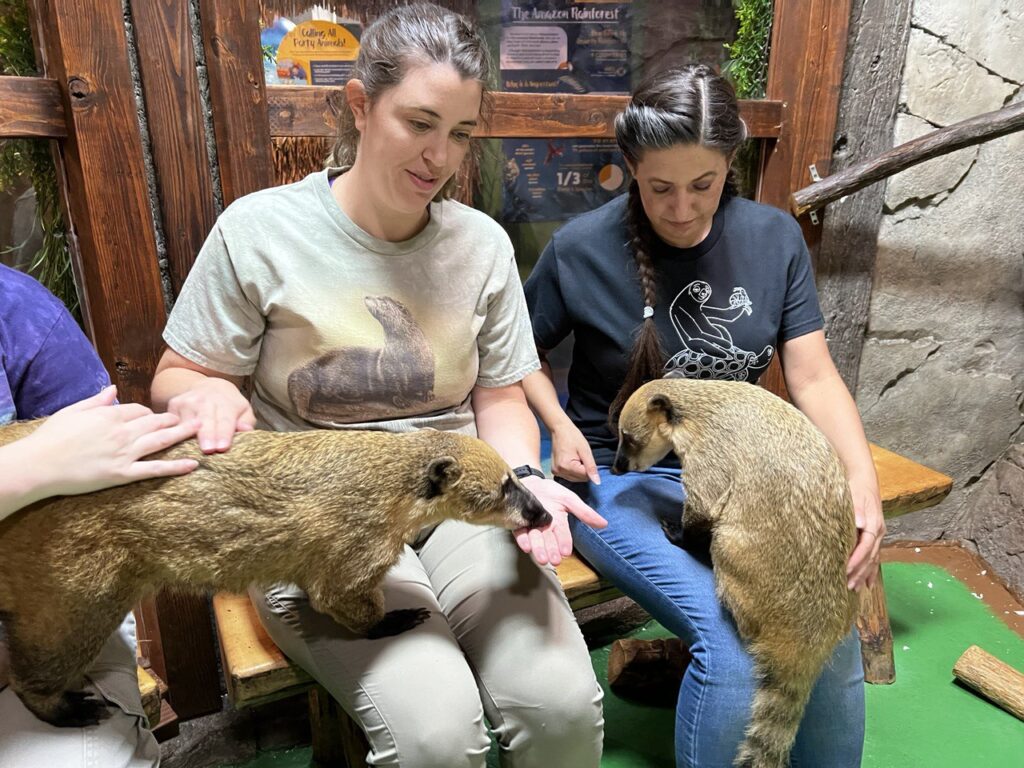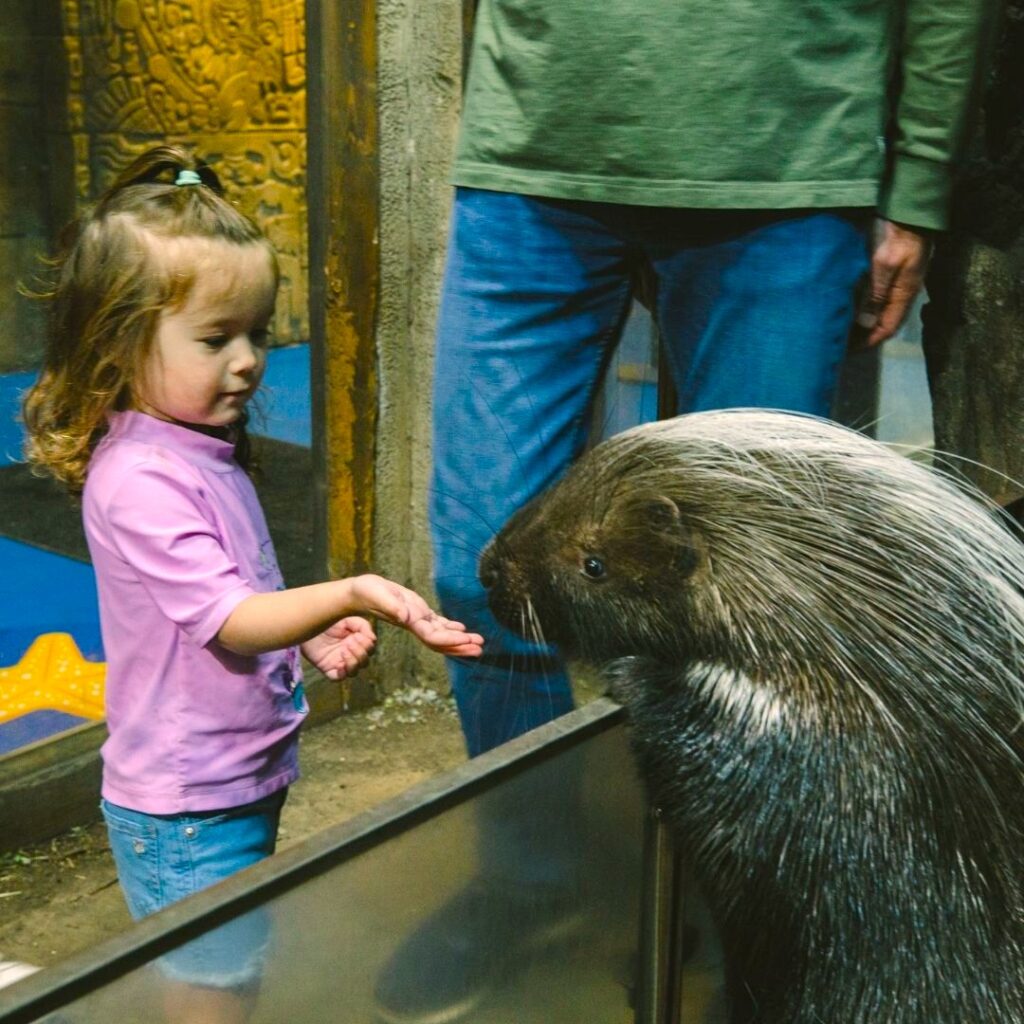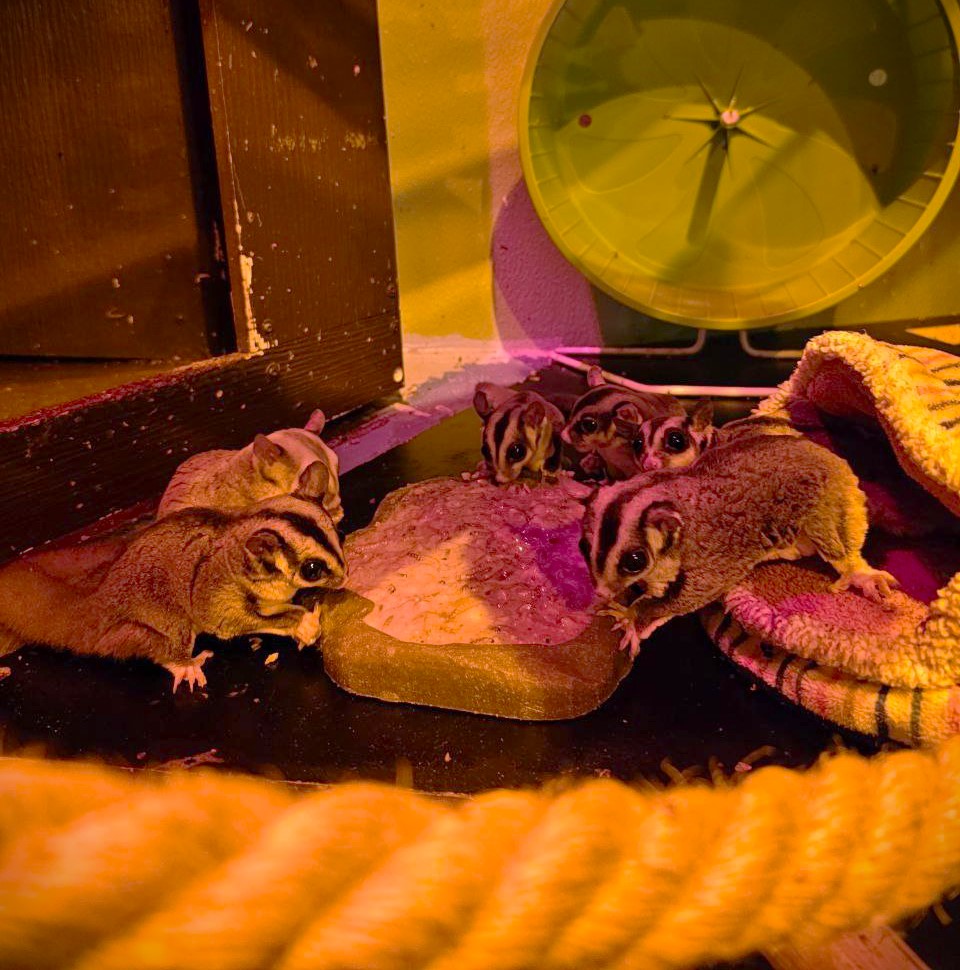10 Most Googled Monsters in the U.S.
Share it on:
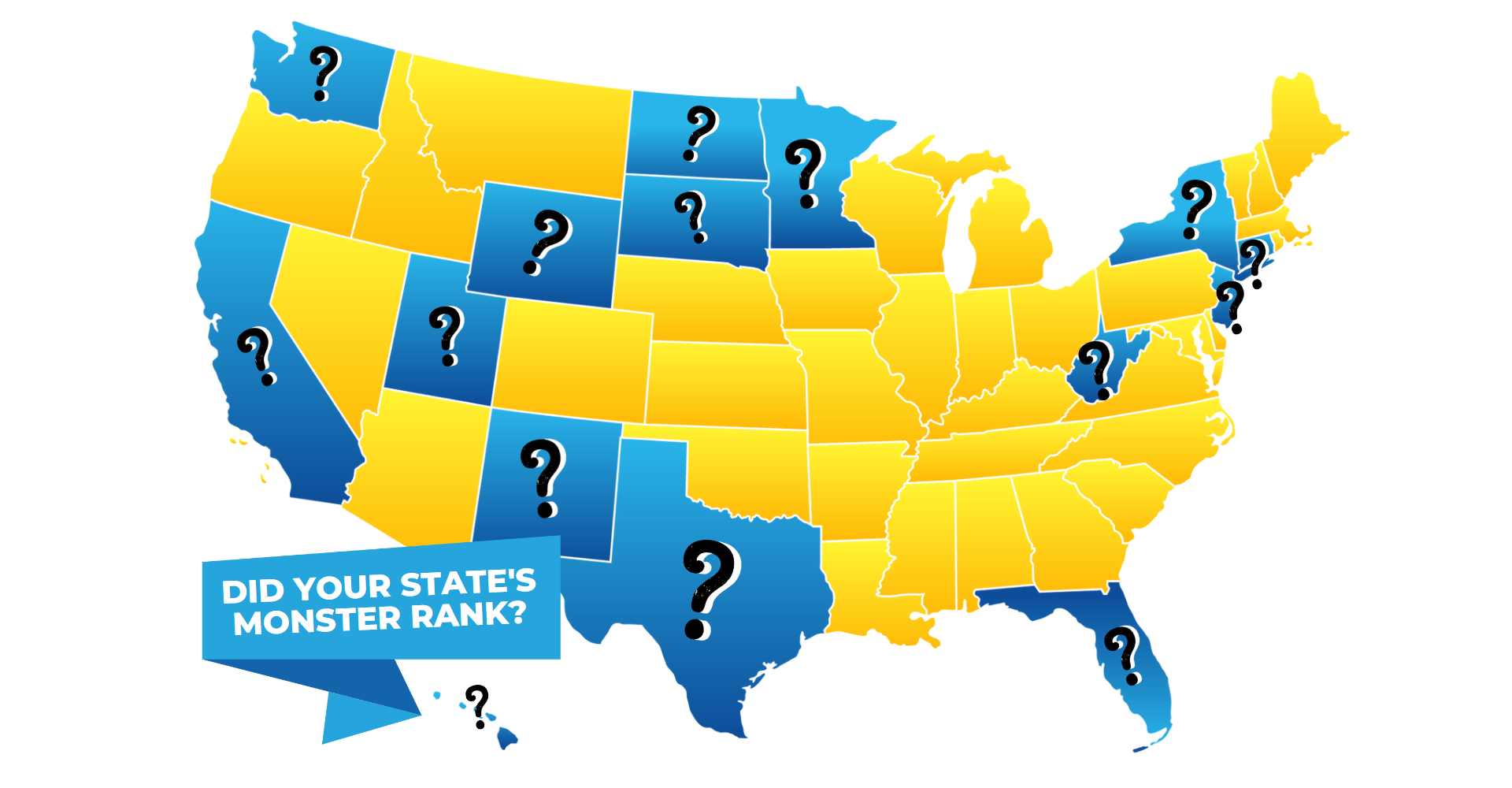
Thanks to the marvels of modern society, it’s easier than ever to see animals from all over the world. Just visit your local zoo, or that weird guy in every neighborhood who keeps God-Knows-What caged up in his backyard.
Better yet, log onto the Internet. It’s easier, and you won’t suffer creepy neighbor conversations or pushy salespeople twisting your arm to join some foundation you’ve never heard of.
The World Wide Web is the only place you’ll find the creatures on this list—unless you’re lucky enough to see them in person, in which case we highly recommend NOT capturing them for backyard amusements.
Because we’re nerds about animals of all kinds, we at SeaQuest scoured Google’s records for the most-searched mythical creatures in the USA and the states where they live.
Get ready for some serious homestate bragging rights, our top ten starts with…
10. Skunk Ape – Florida
325,000 searches per year
The Skunk Ape doesn’t pass the smell test. Literally.
You don’t earn the moniker “Skunk” by wearing too much cologne.
Sightings of this creature predate European settlers when local cultures spoke of a foul-smelling, robust, stealthy beast called Esti Capcaki. Roughly translated: “Furry Tall Man” or “Hairy Giant.” And they’re still being reported today.
Described as a smaller version of Bigfoot (we’ll get to him, don’t worry), the Skunk Ape is usually seen from afar, though there are reports of it looking in windows and even attacking cars.
It’s been seen (and smelled!) in every county in Florida. There’s either a decent population of these guys or just one who really gets around.
In 1977, the state legislature introduced a bill making it illegal to “take, possess, harm or molest anthropoid or humanoid animals.” The bill didn’t pass.
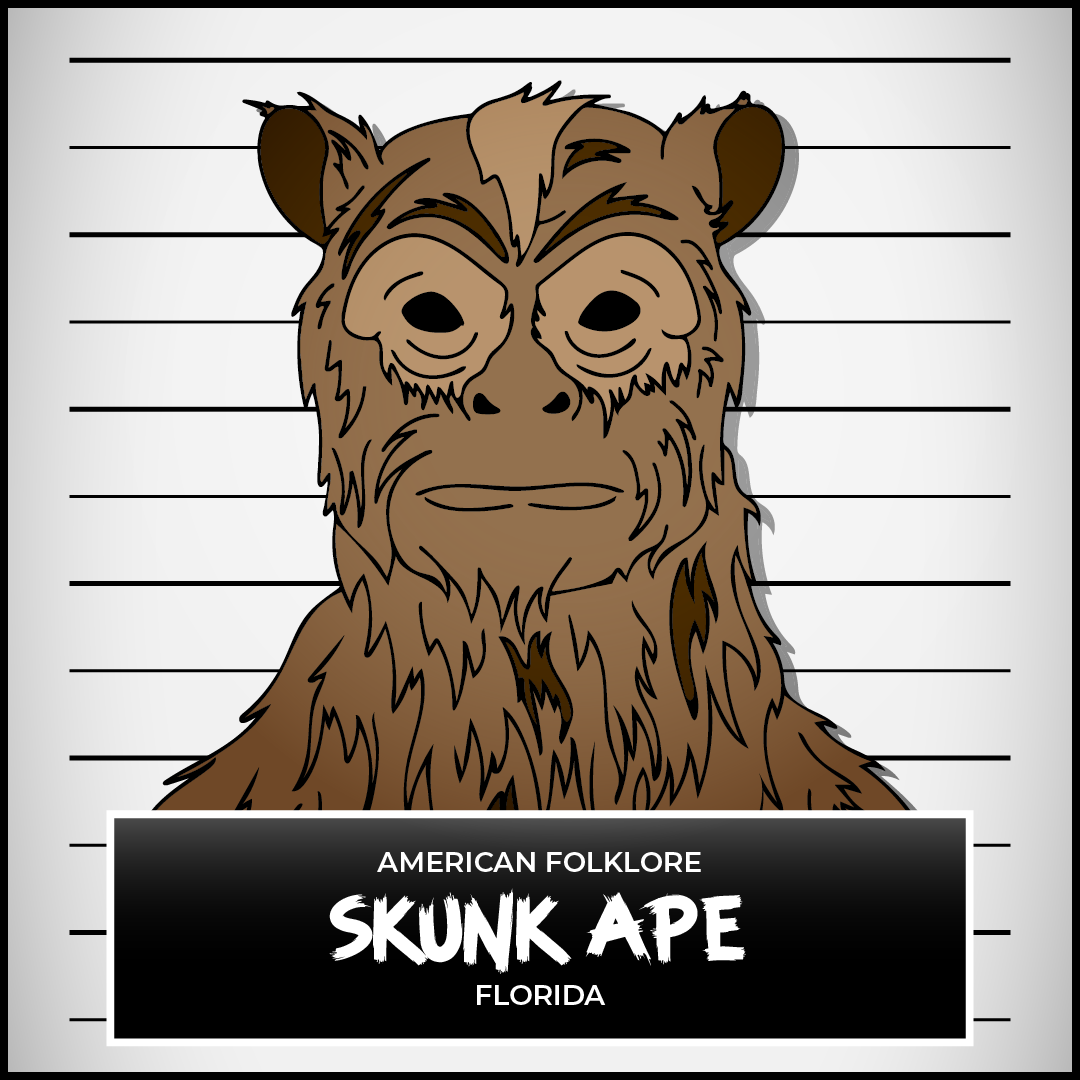
9. Champy – New York
486,000 searches per year
New Yorkers have a lot to be proud of. They’ve got the biggest city in the country, Niagara Falls, and a retired Manning brother with more Super Bowl rings than several entire NFL franchises.
They’ve also got something living in Lake Champlain, nabbing nearly a half-million Google searches per year.
Some say Champy looks like a giant serpent. Others say it’s got the classic “Leftover Dinosaur” vibe, a’la the Loch Ness Monster. Whatever it is, its legend goes back to Native American tribes, when both the Abenaki and Iroquois passed down stories of a giant snake with horns.
And just when you thought politicians couldn’t agree on anything, lawmakers in New York and neighboring Vermont passed legislation protecting Champy by law. Granted, this was back in the 80s, but still.
So go ahead and brag, New York! Your monster made the top ten! Let’s see New Jersey top that! Oh wait…
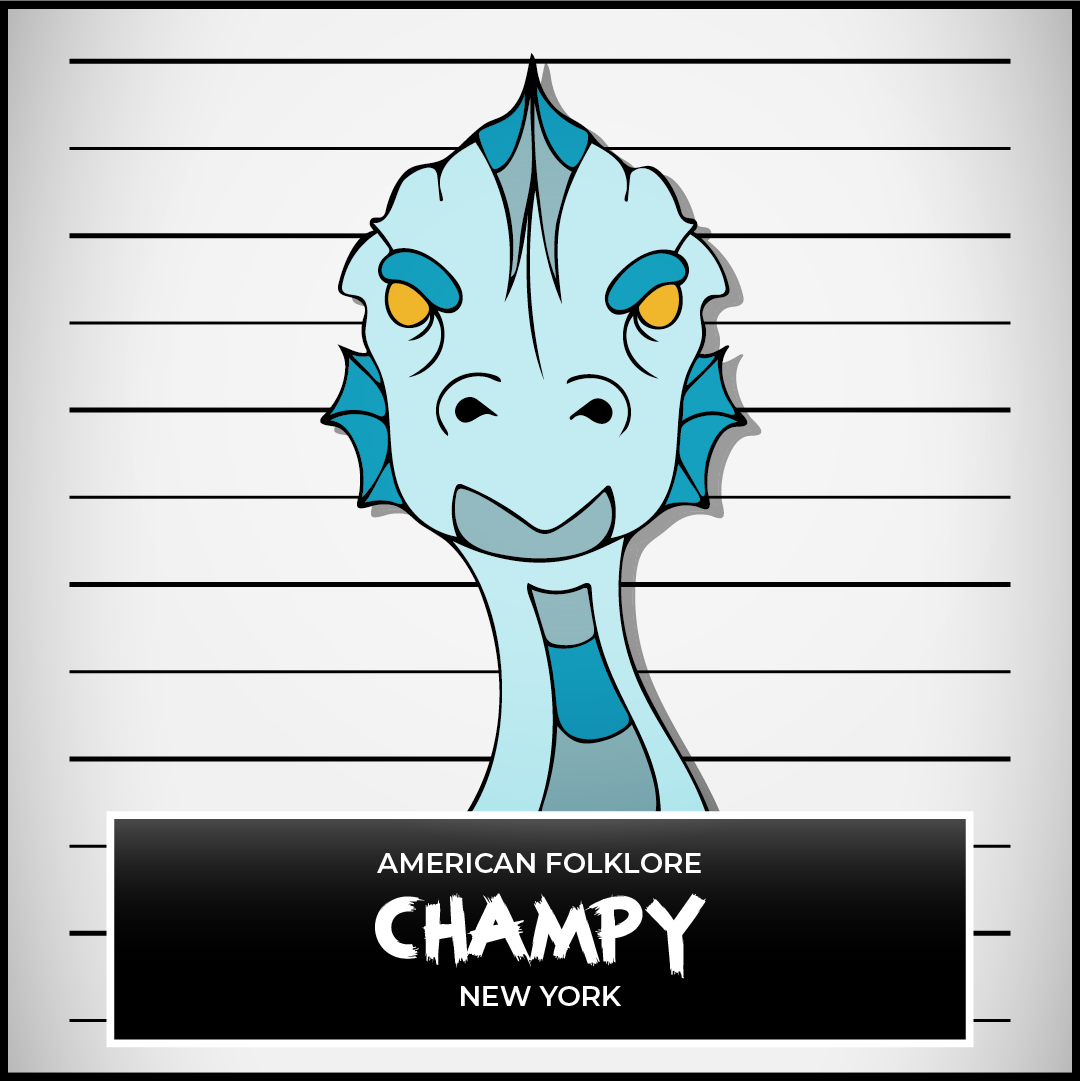
8. The Jersey Devil – New Jersey
728,000 searches per year
The first time I heard of The Jersey Devil was on an X-Files episode. The second was when I researched this list. But what do I know?
Just because tales of a creature with the head of a goat, wings of a bat, hooves, and a forked tail aren’t watercooler conversations out West doesn’t mean they aren’t conversations pretty much everywhere else. Nearly three-quarters of a million searches for The Jersey Devil pass through Google annually.
Legend tells of a New Jersey family pulling off an 18th-century version of “Cheaper by the Dozen.” Jane Leeds, the proud (and likely exhausted) mother of 12 realized number 13 was on the way.
You don’t need Google to know that 13 is an unlucky number, and using 18th-century logic, Leeds concluded the baby-to-be was the “Devil himself” and put a curse on it. (And you think your family dinners are awkward!)
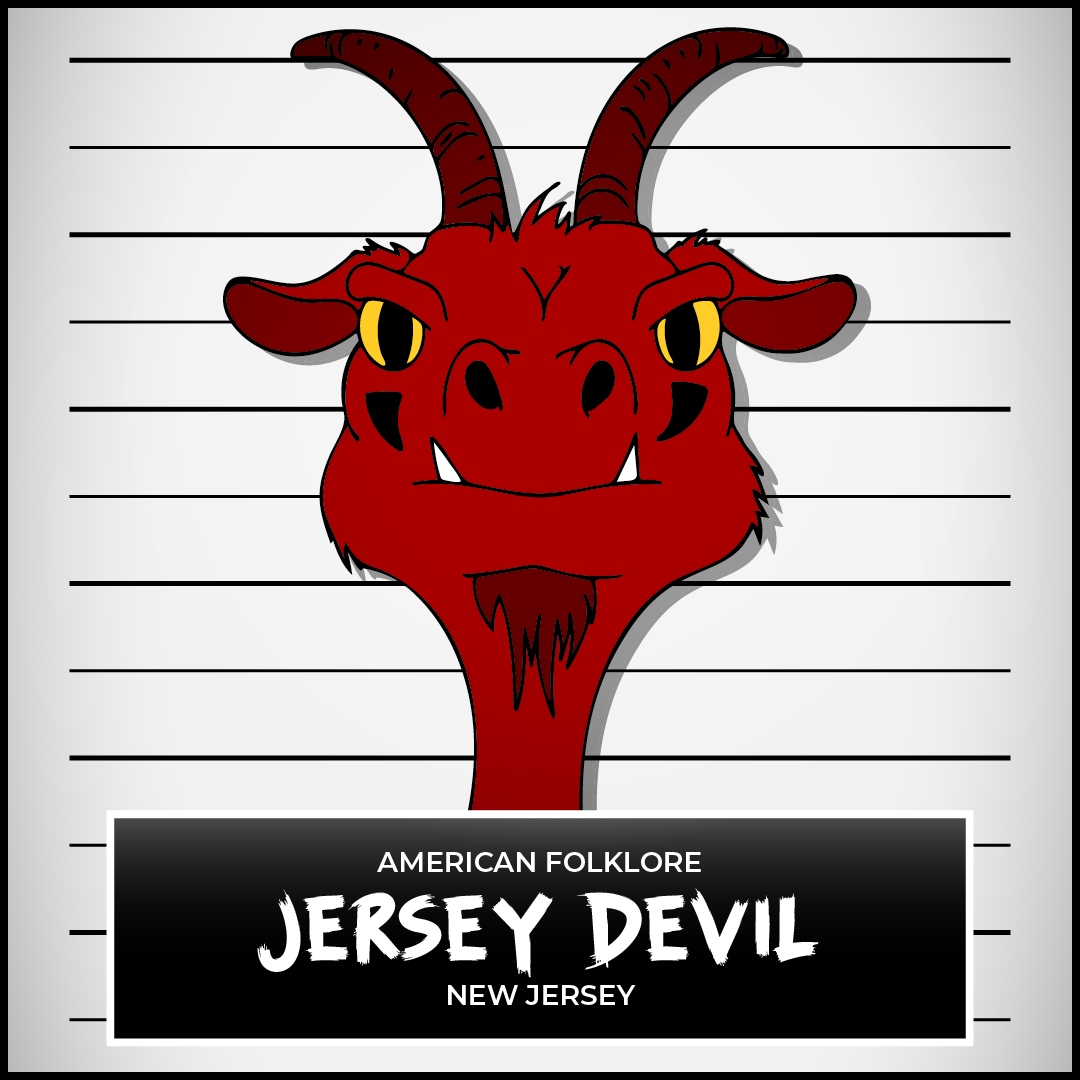
7. Jackalope – Wyoming
1.6 million searches per year
Who says mythological creatures have to be scary? In Wyoming, they’re cute and fuzzy and can supposedly gore your legs if you’re not wearing metal stovepipes for pants.
Tales of horned rabbits date back to 13th-century Persia, but the version that sang along with cowboys along the American Frontier is slightly younger, with the first sighting reported in 1932.
Two brothers dabbling in creative taxidermy are widely considered responsible for the legend of the Wyoming Jackalope, a jackrabbit with horns like an antelope and the singing voice of an angel… except maybe they’re not. Turns out a gnarly bunny virus causes bizarre tumor growths that can look an awful lot like horns.
Medical explanation aside, many say non-virus versions of the beast are real and live in small, isolated communities away from people. That must be why the Jackalope racks up more than a million-and-a-half Google searches per year, some of which are for its lesser-known but more fearsome nickname: “Killer Rabbit.”
There are not many Google searches for “Metal Stovepipe Pants.” People in Wyoming must have some pretty tough legs.
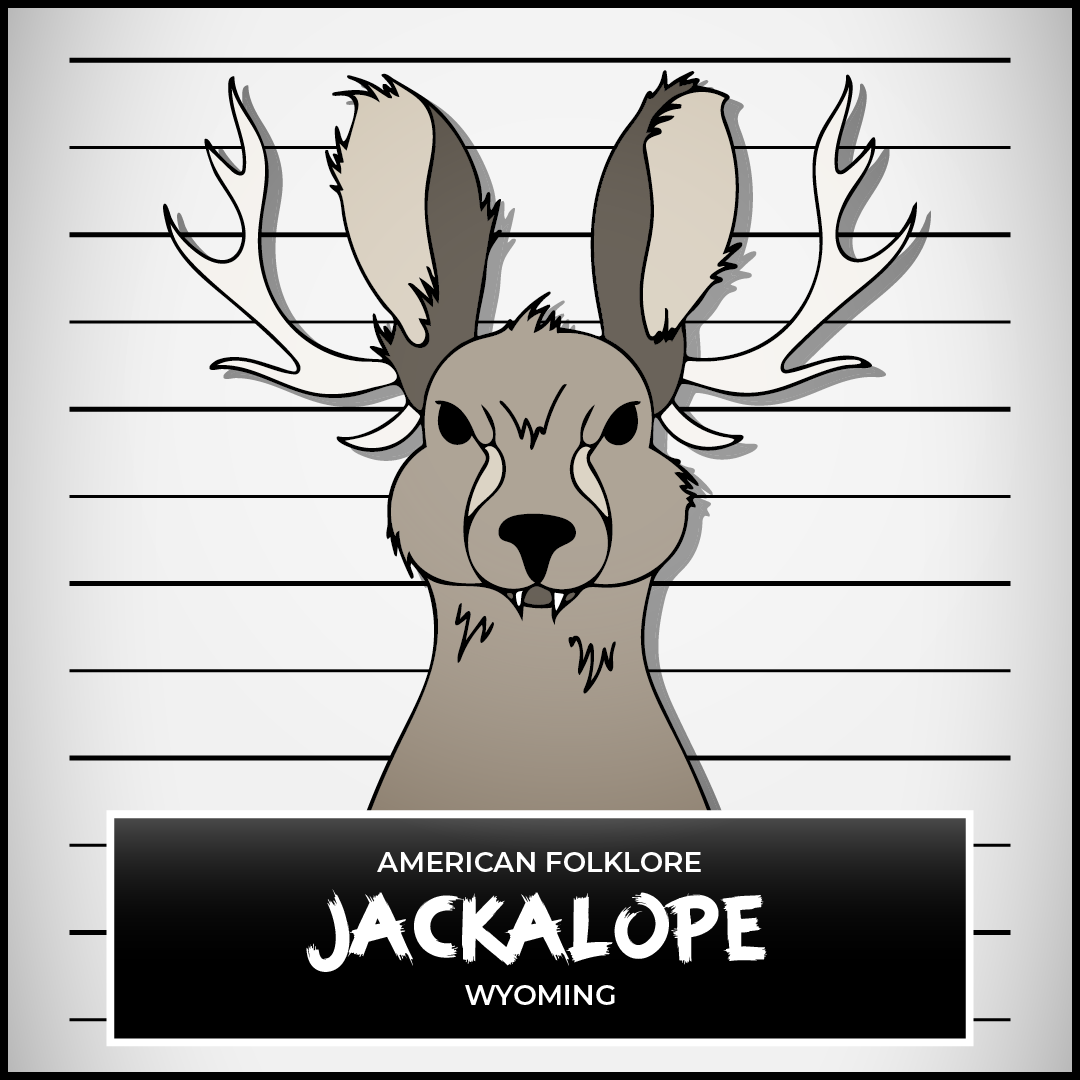
6. Mothman – West Virginia
1.6 million searches per year
A few years before John Denver took the Country Roads home to his “Mountain Mama,” the fine folks in Point Pleasant first noticed a man-sized, moth-looking creature gallivanting around the wooded countryside.
The sightings dried up, but the intrigue didn’t. Google reports more than one-and-a-half million searches for this monster every year. Just enough to beat out the mighty Jackalope. You could say it was a photo finish, but there aren’t a lot of pictures of The Mothman… unless you count motion pictures, in which case there’s one.
(Even then, the monster never made an on-screen appearance. Based on the Rotten Tomatoes scores, it was a wise career decision).
Some say The Mothman was made up; others say it’s a misidentified bird/owl. But purists not only say it’s real but that it predicted the tragic Silver Bridge collapse in 1967, which killed 46 people.
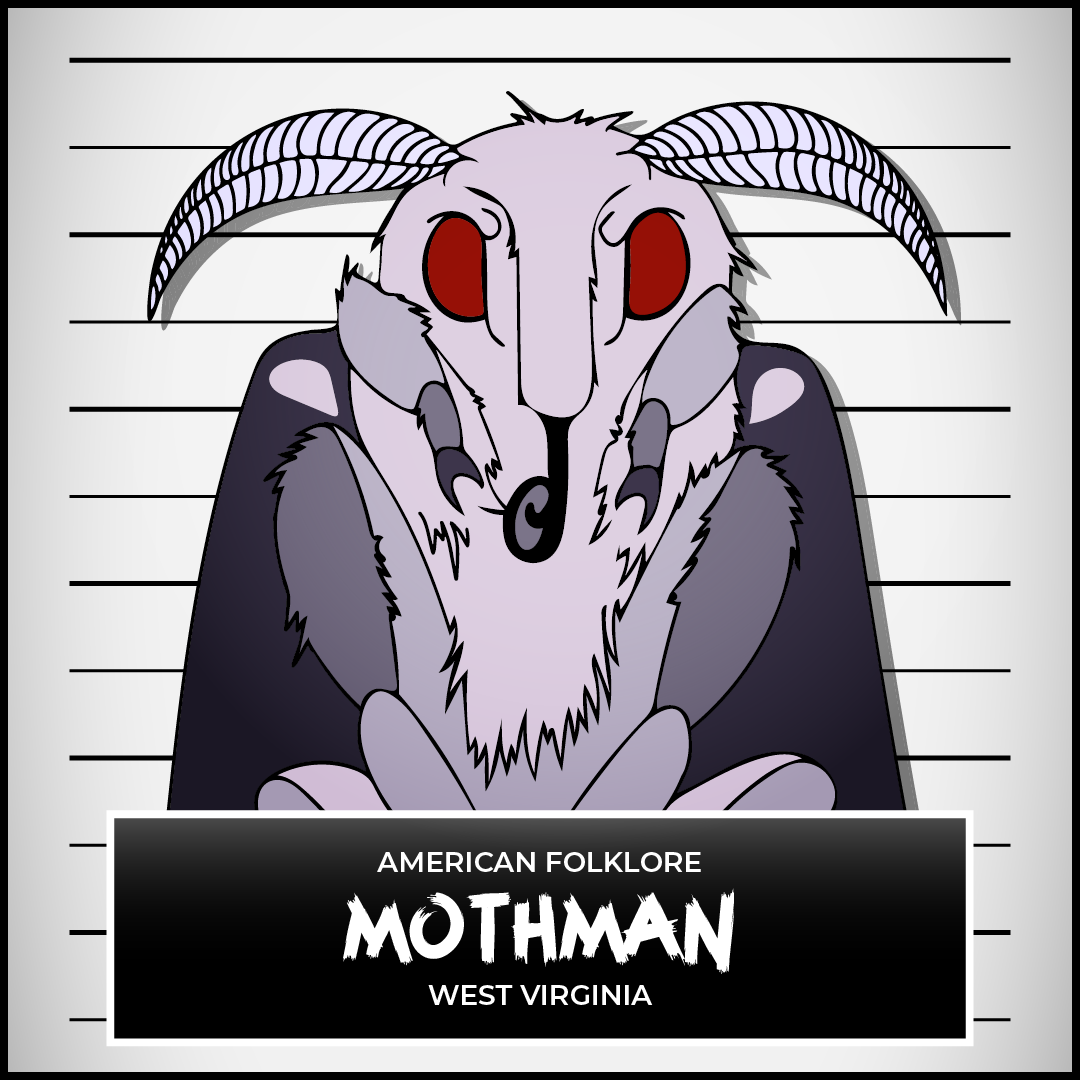
5. Thunderbird – North Dakota
1.9 million searches per year
Technically, we could have given this spot to any number of U.S. states, as the Thunderbird legend (and sightings) span from the American Southwest up into Canada. But we decided on North Dakota for two reasons: 1) It’s the state’s most popular cryptid, and 2) let’s be honest, where else will North Dakota crack a top five?
Tales of a massive bird with sharp teeth, oversized talons, and curved horns go back thousands of years. Maybe even longer, according to the Algonquian Peoples. They say this fearsomely feathered creature may have helped create the universe as we know it. The bird is widely recognized in many Native tribes in North America.
And this thing is big. Really Big. Big enough to scoop whales out of the sea.
Its online presence is just as big, with nearly two million Google searches per year. Though it is possible some of those were intended for the sports car of the same name. Let’s not split hairs; some of the old ones are so rare they may as well be myths themselves. The odds of spotting a 60’s-era Sport Roadster can’t be much better than bird-watching a massive falcon drag a sperm whale home for dinner.
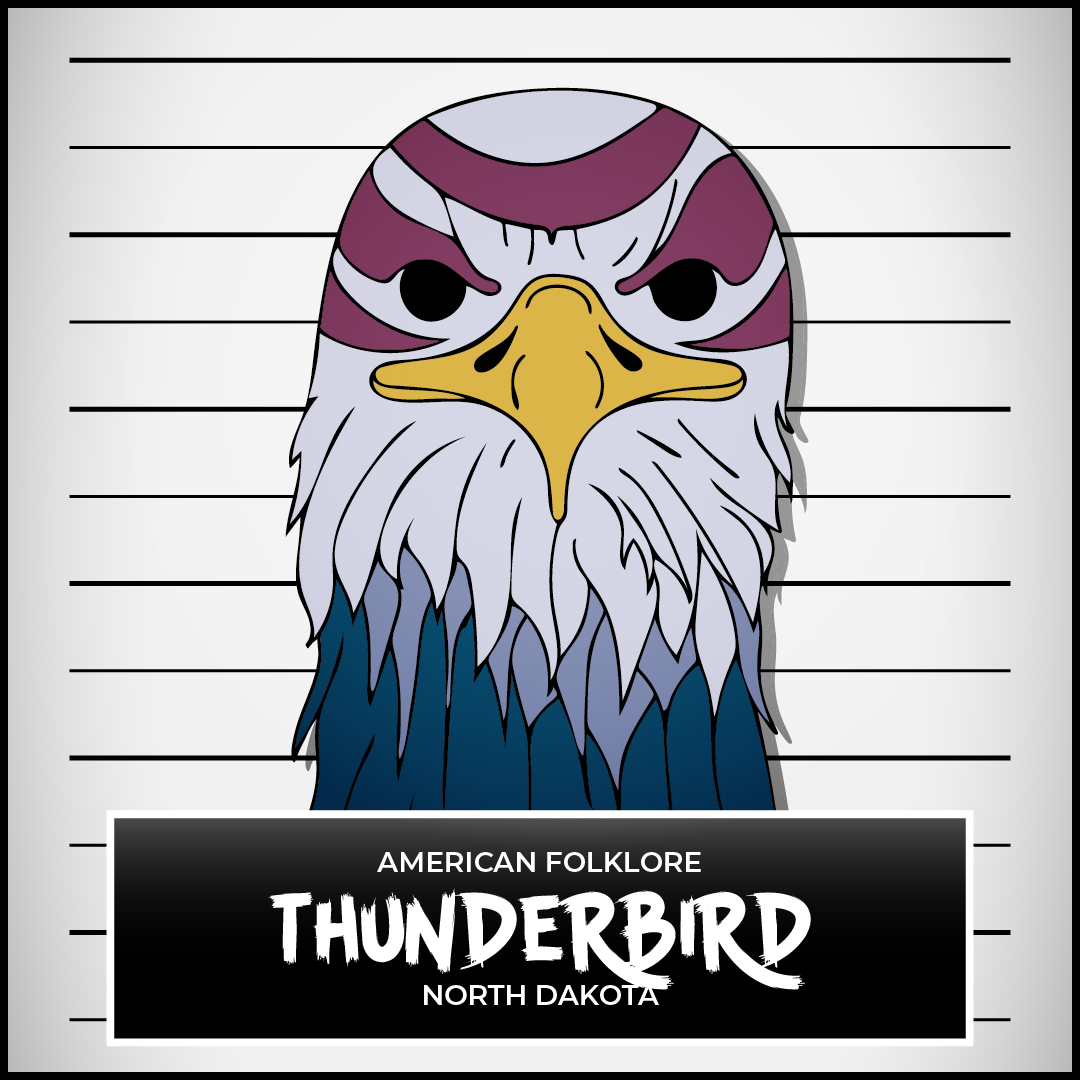
4. Chupacabra – Texas
2.9 million searches per year
Howdy, Ya’ll. If we’re fixin’ to talk monsters, there’s only one that’s Bigger’n Dallas. It’s the Goat Suckin’, hissy-fit-throwin’ Chupacabra.
For years, the mystery of a blood-sucking scoundrel plagued the Lone Star State. The four-legged, hairless, spiny, canine-sized chupacabras laid paths of destruction across goat pastures and chicken coops from the Panhandle to the Gulf.
Then, a dead body turned up. Then, a couple more. But they were just emaciated dogs and ugly coyotes.
In most states, that’d be the end of it. Mystery solved. But this is Texas. Everything is bigger in Texas, even toast. So the legend of the Chupacabra lives on, bigger and twangier than ever, raking in nearly three million Google searches yearly.
And unlike the previous entry, no classic cars are inflating those stats to ‘tarnation and back. (We were gonna add in searches for its nickname, “Blood Sucker,” but too many lawyer sites kept popping up.)
So next time you’re saddling up to a jar of Pace Picante sauce, remembering the Alamo, do us a favor and remember the Chupacabra, too.
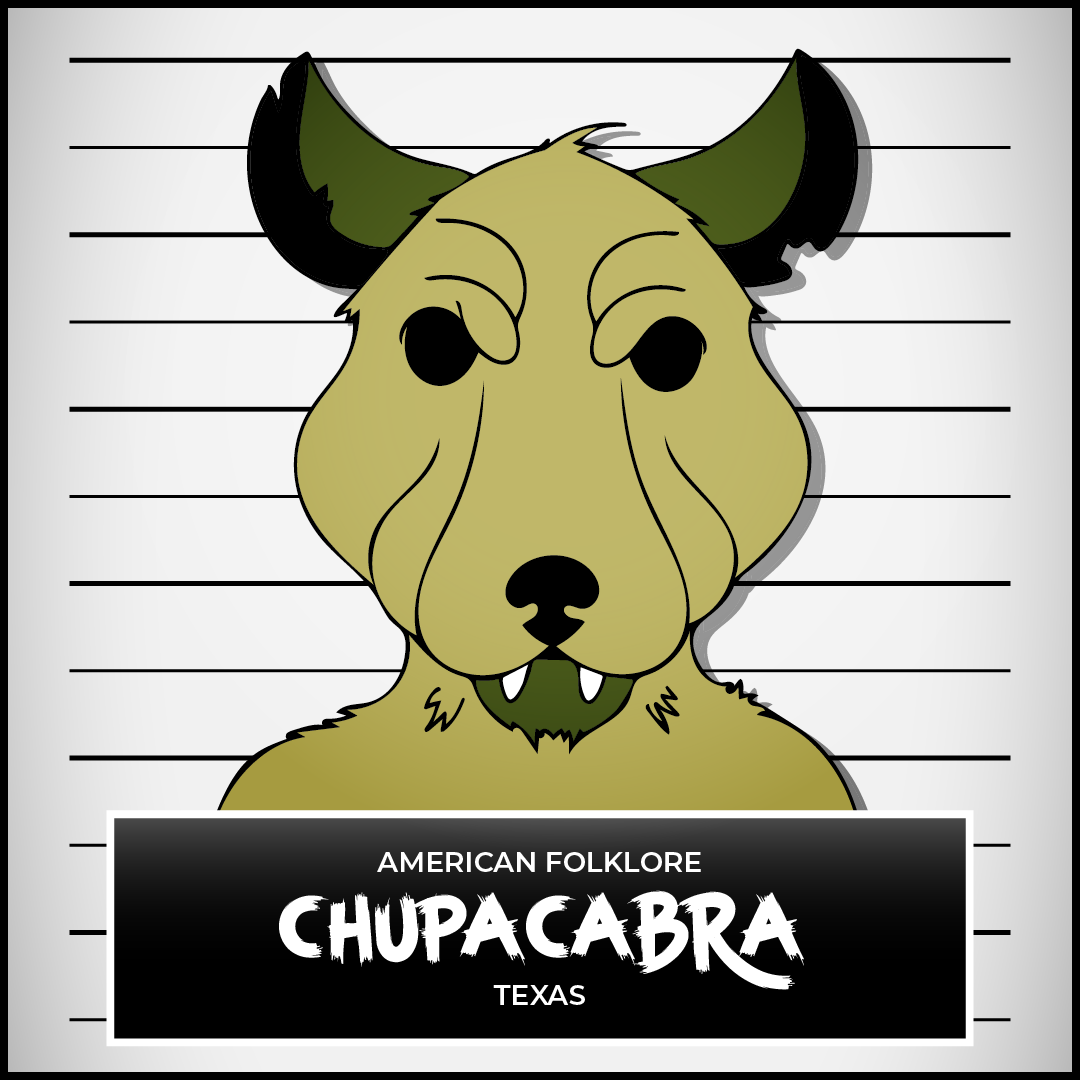
3. Wendigo – Minnesota
3.6 million searches per year
Minnesota: Birthplace of the Wendigo AND the Los Angeles Lakers. The basketball team moved away, but the monster didn’t.
Racking up more than 3-and-a-half million Google searches per year, this 15-foot tall, emaciated man-eating monstrosity wanders the frozen countryside, gobbling up anyone foolish enough to pause for a selfie.
Some say it’s not a monster at all, just a metaphor… for cannibalism!
Why? Because it gets cold in Minnesota. Like, really cold. Cold enough that its NFL squad plays indoors (despite calling themselves “Vikings”). And apparently cold enough to turn to your travel companions for lunch.
There’s even a quasi-medical term for it: “Wendigo Psychosis.” Symptoms include an intense craving for human flesh and, perhaps ironically, fear of becoming a cannibal. Oddly enough, this condition only affects people in the Great Lakes region.
That’s not to say this fella isn’t real. There are plenty of first-hand accounts going back thousands of years, some much more recent. Hungry for more? Let’s see what’s cooking in the Pacific Northwest…

2. Bigfoot – Washington
4 million searches per year
Washington operates the biggest ferry fleet in the country. And grows just as many potatoes as its neighbor, Idaho (Facts. Look it up here).
It’s the birthplace of Grunge Music, corporate coffee, and the Slinky Dog. And it’s also the stomping ground of America’s second-most Google-searched mythical monster.
The jury’s still out on whether Bigfoot actually exists. Other than some shaky film footage and giant footprints, direct evidence is scarce. But some very real scientists (like this guy) publish bonafide academic research papers that support the idea that a still-unidentified hulking mass of fur and biceps could tromp around the Evergreen countryside as we speak.
“Bigfoot” and its most common nickname, “Sasquatch,” soak up a combined 4 million searches every single year. Way more than “Slinky Dog.”
Honestly, I thought this guy would’ve taken the top spot on this list. He’s practically a pop-culture icon at this point. He’s even got a Monster Truck named after him (in all fairness, “Jackalope” would make a great name for a big 4×4, why hasn’t anyone done it yet?).
I guess it proves the old adage: “Don’t count your chickens until you’ve seen the Google stats.”
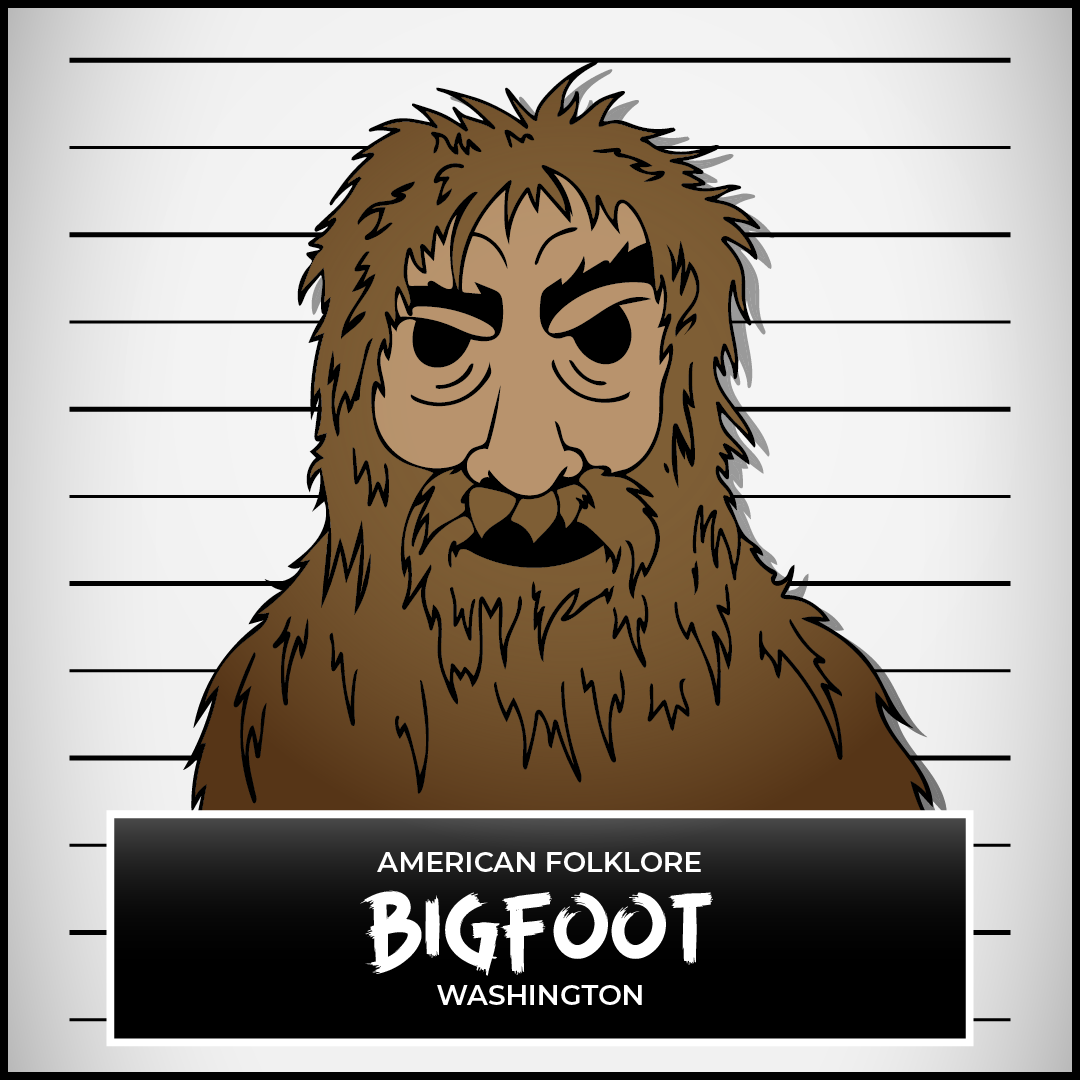
1. Skinwalkers – New Mexico
6 million searches per year
There are photo finishes, and then there are blowouts. THIS was a blowout. With 5.9 million Google searches per year, Skinwalkers don’t just top this list; they dominate it! Which means New Mexico finally leads the U.S. in a category that doesn’t include “Breaking Bad.”
Long before European settlers manifested their destinies across the American Southwest, Navajo nations told of evil witches capable of shape-shifting into animals. They were as deadly as they were mysterious, wielding dark magical powers capable of spreading diseases and causing crop failures.
But don’t let those past-tense verbs fool you; people are still spotting Skinwalkers to this day. They’re known to harass drivers by running alongside cars (at highway speeds!) and star in their own supernatural investigation shows.
A Skinwalker was even blamed for a murder in the 80s. Now that’s one horrifying hominid that Better Call Saul!
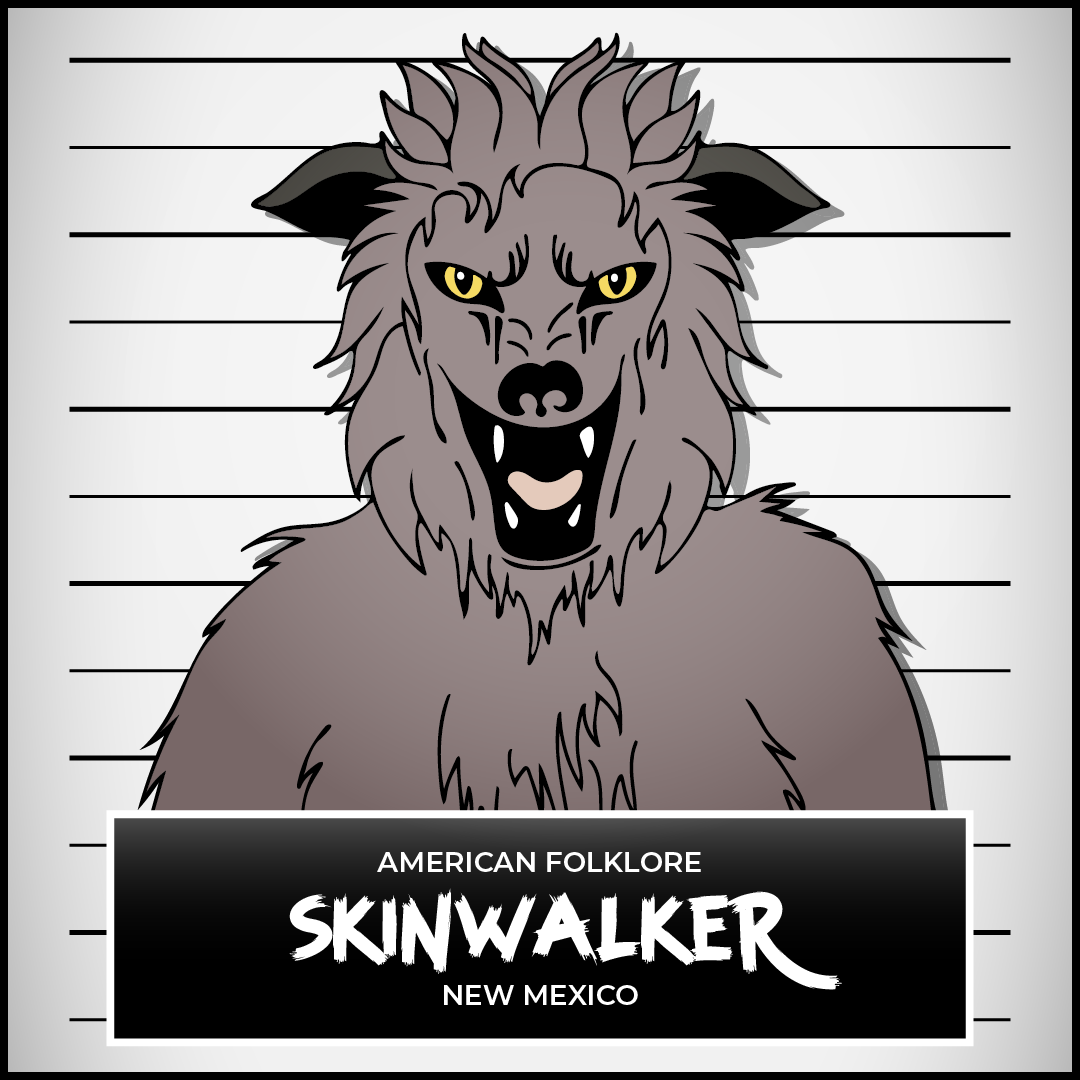
There are tall tales, and then there are not-so-tall tales, such is the case with the Menehune, a group of tiny craftspeople who hide during the day and construct sophisticated buildings at night.
Sightings are scarce, so it’s usually their handiwork that gives them away. Canoes, houses, and roads – especially if they pop up overnight – are a tell-tale sign the Menehune are close by. Perhaps the most famous is the Alakoko Fishpond, the largest on Kaua’i.
The Menehune predate European and Polynesian settlers, and by most accounts, aren’t dangerous, though they do play tricks on those who unknowingly wander too close to their settlements. Not sure what those tricks are, but if they involve building roads overnight, sign us up! Our street’s been closed for “maintenance” for a month, but I digress…
These fellas might be diminutive in size, but they have big star power. Their likeness has appeared in movies, tv shows, video games, and comics. When United Airlines was “Flying The Friendly Skies” in the latter half of the 21st century, they turned to a Menehune mascot to sell the friendly tickets.
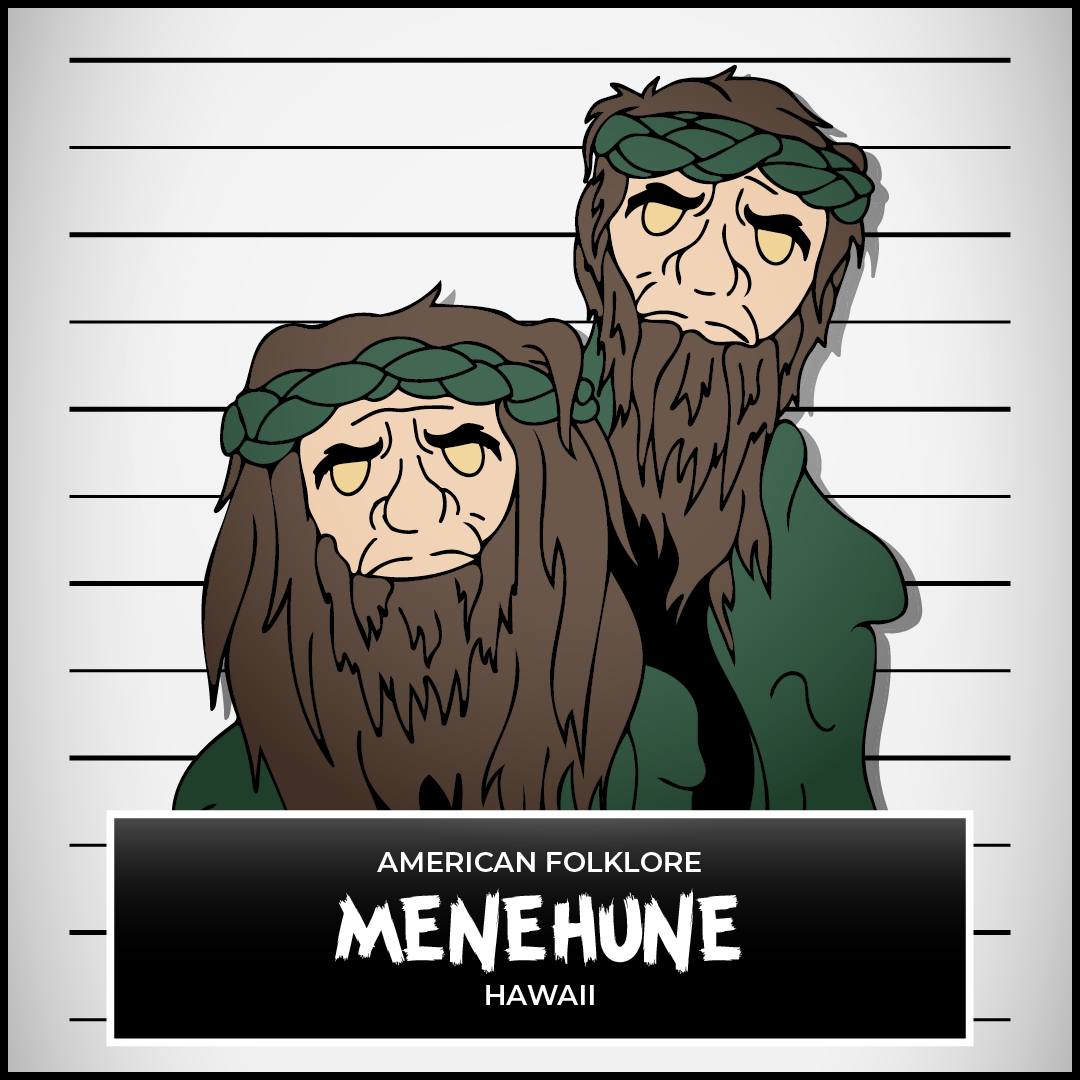
2. Glawackus – Connecticut
Half dog, half cat, half bear, half bad-at-math.
The Glawackus first terrorized the Glastonbury area in 1939, attacking livestock and pets. Those who caught glimpses of it first described it as a huge cat. Then a huge dog. Then a huge dog that looked like a cat and a bear. Then a bear that looked like… well, you get the idea.
In the following months, Glawackus hunts became quite the Glastonbury pastime. No monsters were slain, but at least one sketchy-at-best photo was taken. The commotion drove the beast into hiding, only to resurface in the 1950s.
Since then, it’s disappeared altogether, but the legend remains.
Many say the Glawackus may be a rogue Eastern Puma. Or an exotic animal that escaped its enclosure. Or, most likely, a Fisher – an animal that, surprisingly, looks half cat, half dog, half… Well, you get the idea.
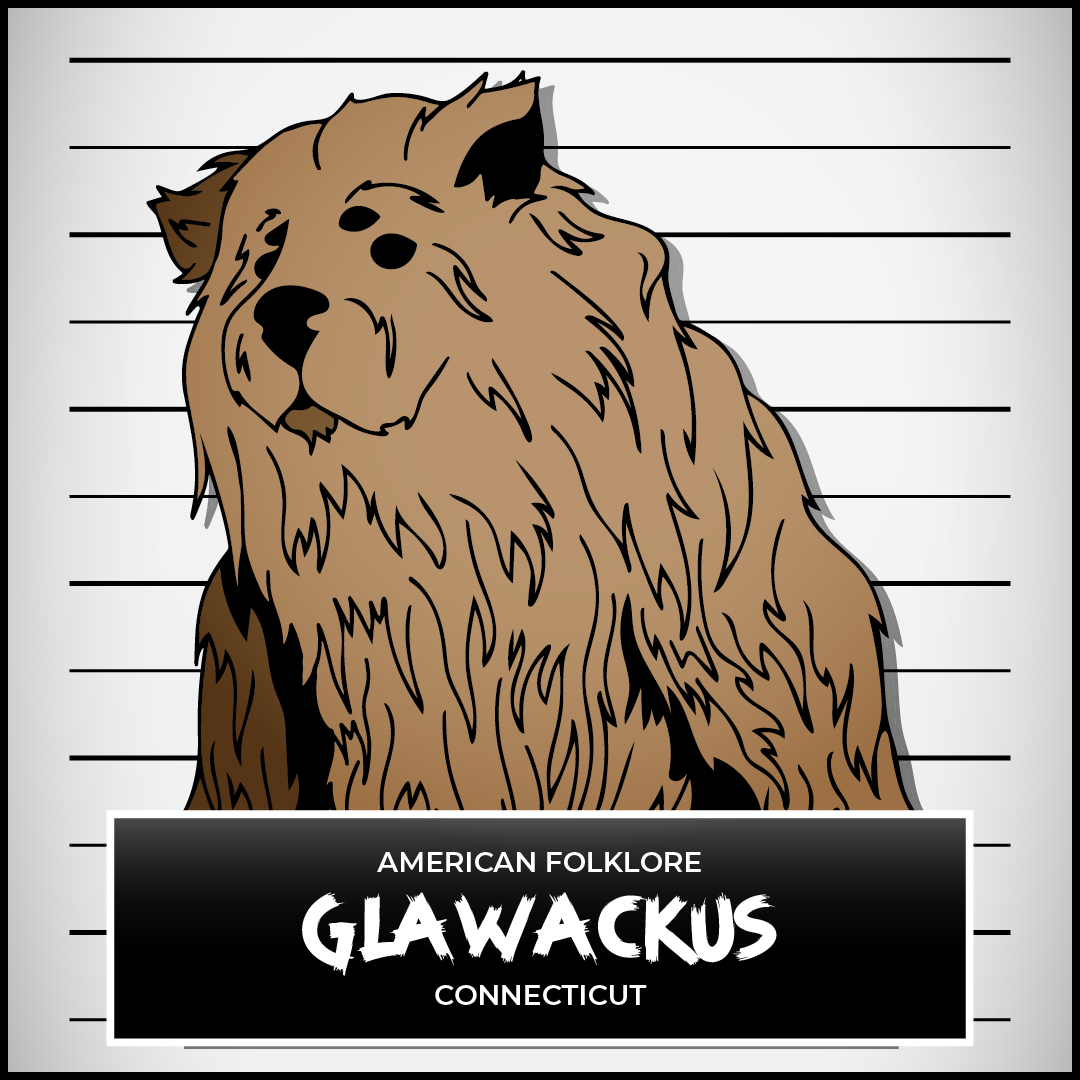
3. Taku-He – South Dakota
Think of this dapper fella as a well-dressed bigfoot.
Physically, he’s almost identical: Seven to eight feet tall, looks like a giant ape, and leaves big footprints. Stylistically, it’s a whole different story.
Whereas Bigfoot wanders the woods in his birthday suit, Taku-He does so in an actual suit—usually a sports jacket and top hat. Why? It’s hard to say. Maybe it scored a great deal at an outlet mall? Maybe it’s perpetually waiting for dinner reservations? Or maybe South Dakota cryptids just generally hold themselves to higher fashion standards.
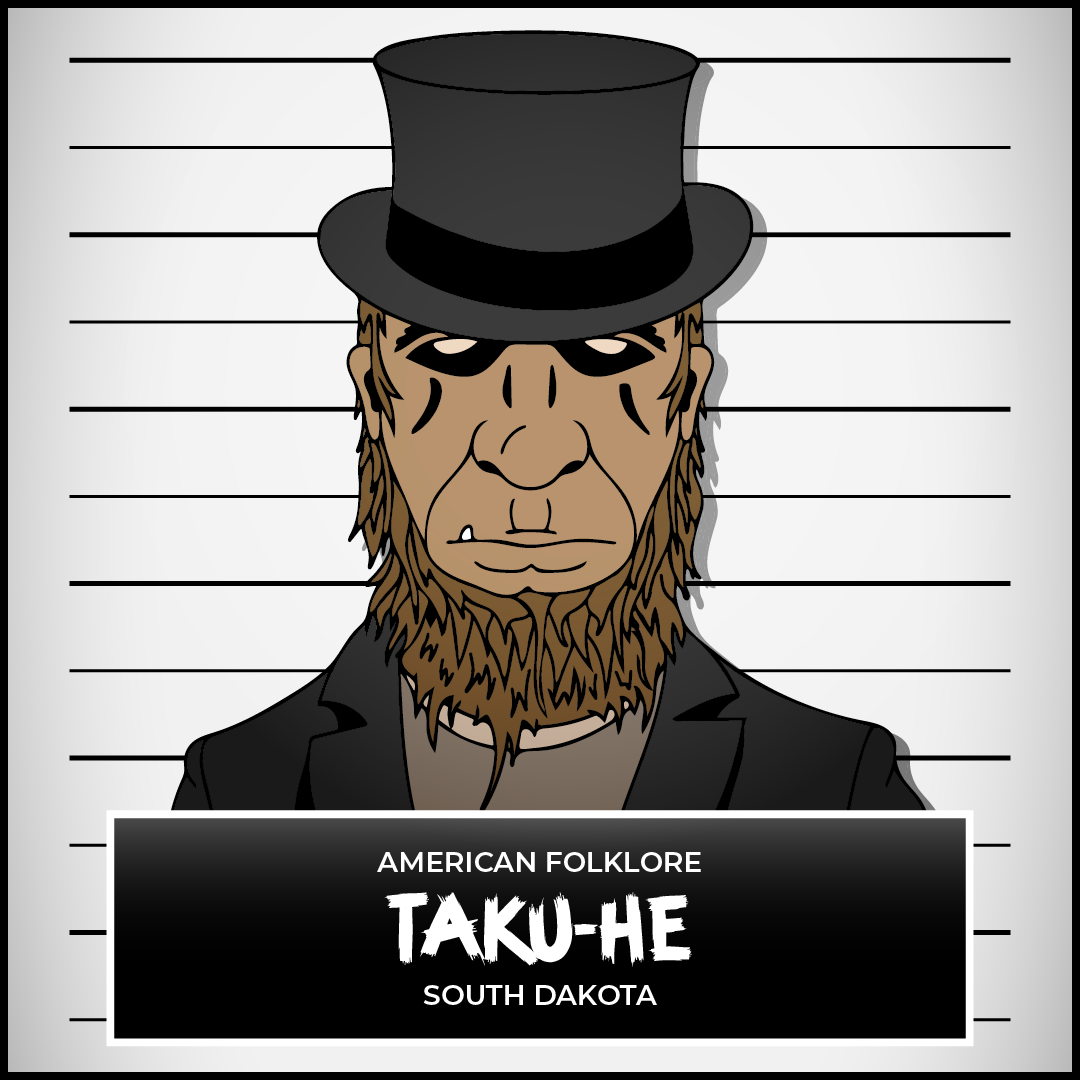
4. Bear Lake Monster – Utah
Technically, Bear Lake sits on the Utah-Idaho border, so state-wise, this is kind of a joint-custody situation.
First reported in the 1800s by a Mormon pioneer, this sea-serpent-like creature captivated the Latter-day community for decades—at one point, the president of the Mormon church, Brigham Young, even sent a 300-foot rope to help capture it. Until it was revealed as a “Wonderful first-class lie.”
Funny thing, the sightings didn’t stop. They continued through the 1900s, with the most recent one reported in the early 2000s.
Considering Bear Lake is one of North America’s most ancient freshwater lakes (estimates put it between 250,000 and several million years old), it’s possible something’s survived deep in its blue waters.
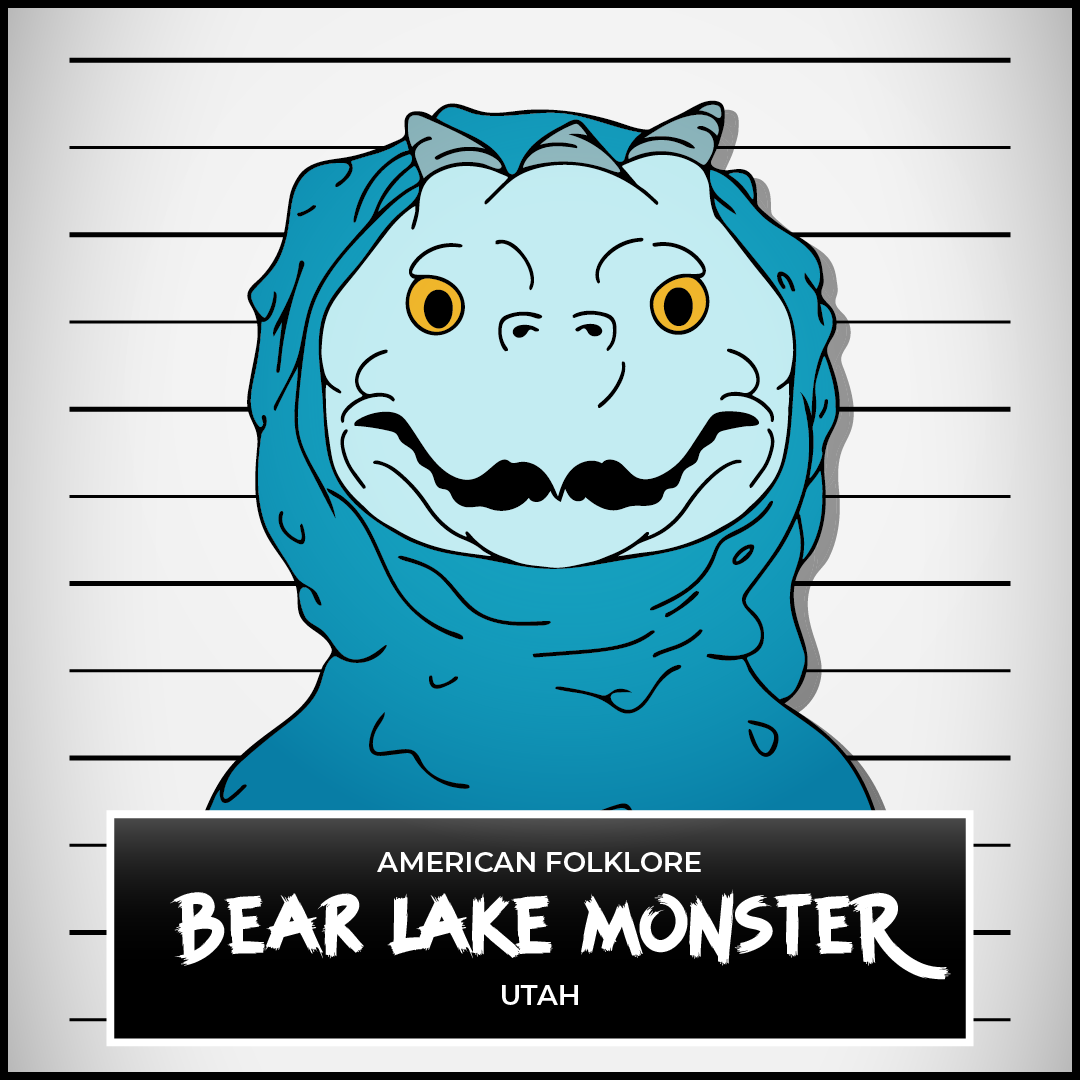
5. Dark Watchers – California
If the name wasn’t obvious enough, the Dark Watchers are dark. And they watch things.
Usually seen from afar, the Dark Watchers are described as tall, featureless, dark silhouettes, often with brimmed hats or walking sticks. Travelers along the Santa Lucia Mountains say these strange beings stand motionless along the horizon, staring straight ahead. Are they watching the travelers? Looking at something our mortal eyeballs can’t comprehend? Or simply staring into space, wondering if they left the oven on?
Nobody knows since they disappear anytime someone gets close, leading many to speculate they’re ghosts. Others (those boring scientists) say they’re just optical illusions.
Whatever they are, they’ve been around for a while. First spotted (and painted!) by the Chumash People – who’ve lived along the California coast for at least 11,000 years, the Dark Watchers went mainstream in the 1960s when famously reported by a school principal. And people still see them today.
They’ve also found their way into Modern American literature through John Steinbeck, his son Thomas Steinbeck, and Robinson Jeffers. So, remember them next time you’re assigned a book report.
Recent Posts
SeaQuest is committed to protecting our world’s oceans, wildlife, and endangered animals. We focus on how to be proactive in finding solutions. To learn more about the worlds most popular “monsters” and our efforts to protect their species, book your visit today at any of the following locations: Utah, Las Vegas, Dallas-Fort Worth, Sacramento, Minneapolis, Lynchburg, and New Jersey



